
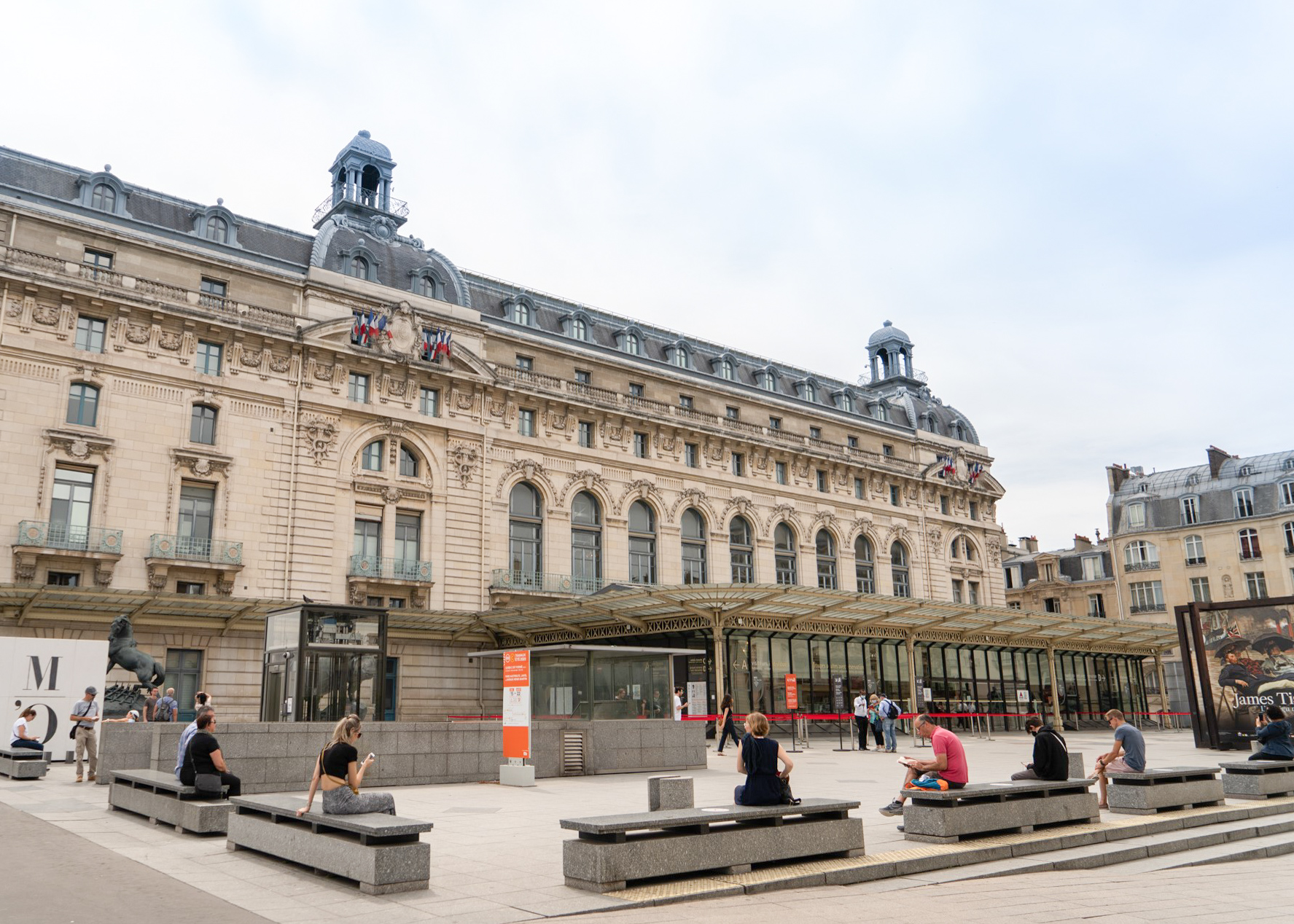
If you take a cruise across the Seine River, or if you just walk on the river side, you will easily notice this huge and imposing building: The Musée d'Orsay (Orsay Museum). It is the most famous museum for its impressionist artworks in the world. Known for an old railway station transformed into an exhibition hall of 19th century art, the Musée d'Orsay was the first industrial structure reborn as a cultural space in 1970. Its sunny giant, long-spread open platform had a huge international success, attracting 3 million visitors per year.
As an “Impressionist paradise”, the Orsay boasts a splendid collection of Impressionists and Post-Impressionists, the origin of early modern art (1848-1914). You can find the works by masters including Degas, Manet, Monet, Van Gogh and Renoir who reflected the life of the time through their various artworks such as sculptures, photographs and decorative art.
Since the Musée d'Orsay is a world-class museum always crowded throughout a year, you might worry about spending a lot of time ligning up and wonder how many hours you will be able to view. So we would like to introduce you to 5 frequently asked questions and unseful information to know before your visit.
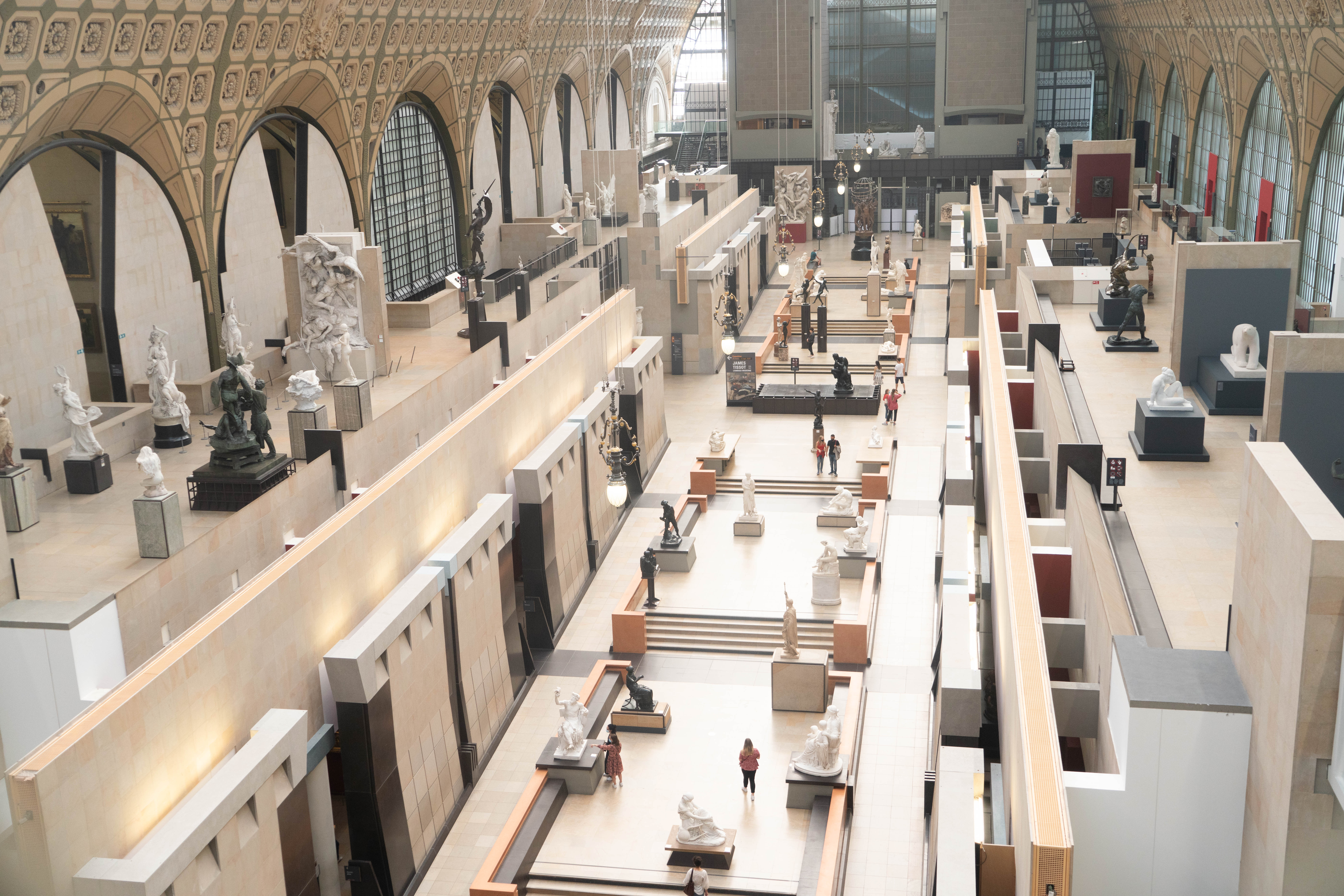
Q. How much time is needed to visit the Musée d’Orsay?
A. In general, it takes about 4 hours if you spend time admiring many works.
Q. Are there long lines?
A. It actually depends on the day and the time. You can check the waiting time here. To avoid the crowd, we recommend you to get your ticket ahead online.
Q. When is the best time & day to go?
A. Arriving before 10:30 a.m on Wednesday or Friday allows you to appreciate the artworks in a peaceful atmosphere with minimal interruptions.
Q. Where to buy tickets?
A. You can purchase your ticket directly at the ticket office, or buy it online through our partner Getyourguide on the link below
Q. How to check the location of artworks?
A. You can check it here the day before your visit. It is updated everyday.
If you know the characteristics of each floor, you can save your precious time. The permanent collection at the Musée d'Orsay spans 5 levels and is presented according to art movement. The gallery is divided into 2 sides around a centre aisle with a clock. As there are also artworks between the rooms in the same zone, attention to not to miss them.
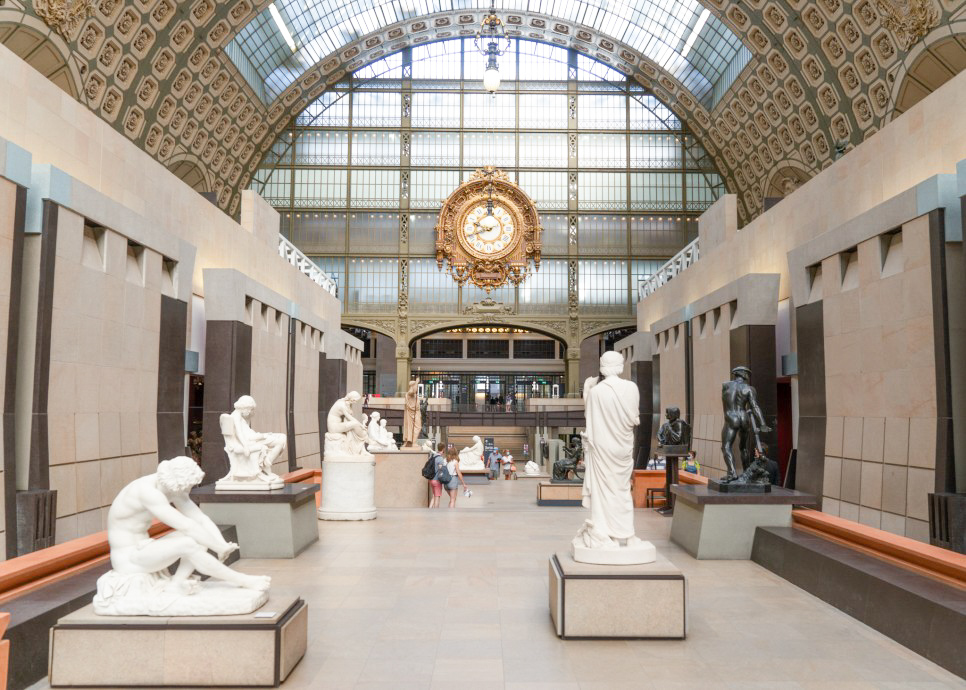
The ground floor holds sculptures produced from 1850 to 1880. There are also many artworks of Courbet, Degas before 1870, Millet and Nabists, Symbolisme, Realisme and Academisme arts on both sides. New exhibitions are always held on this floor. As the most lively floor of the museum, sculptures look alive welcome you upon entering. Artworks of a grand scale are exhibited here and there, and countless paintings depict scenes from ancient history and myths. Here is the perfect zone to feel the grandeur of the Musée d’Orsay.
Thomas Couture, Les Romains de la décadence (1847)
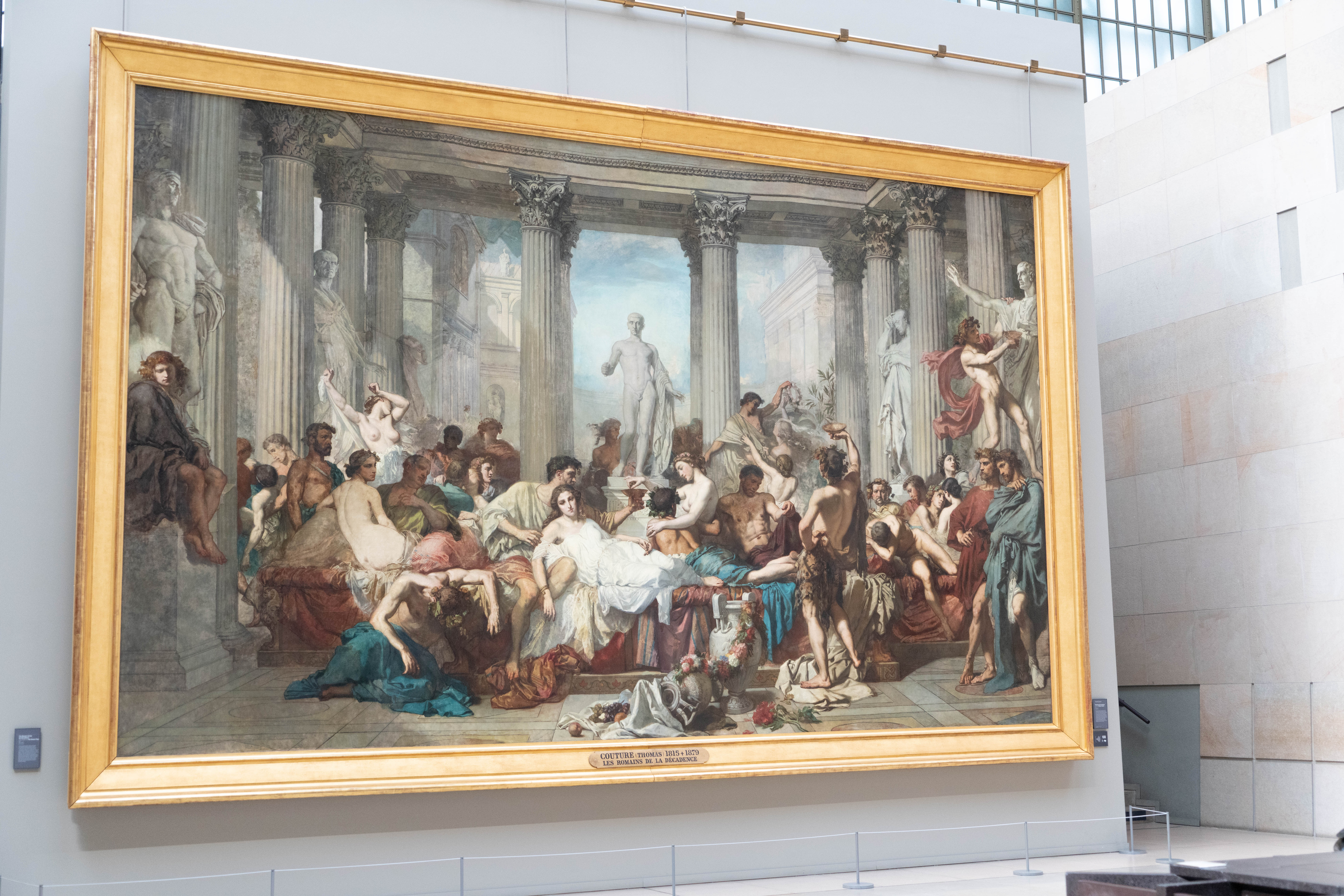
As a typical example of the French Academisme style of the 1850-1900s, it represents human actions and extracts a moral message from them. Couture criticizes the moral decadence of French society from the July Monarchy by alluding the ancient Romans to French of his time.
Jean-François Millet, Des glaneuses (1857)
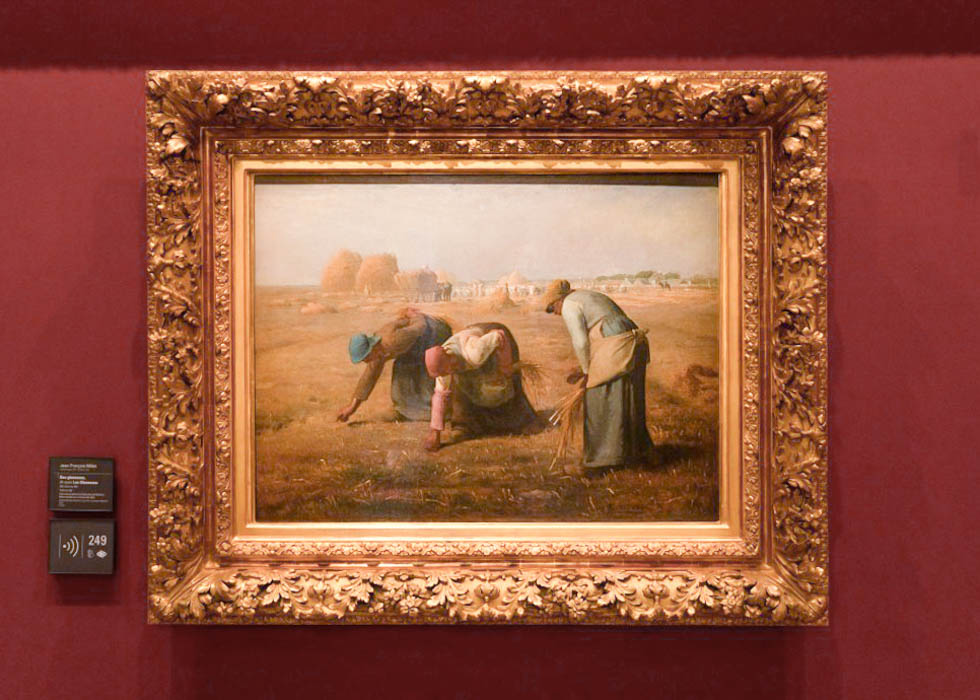
Known as one of the most popular paintings at the Orsay Museum, this masterpiece depicts the poverty of the lowest ranks of rural society. Millet depicts three women picking up the fallen ears on the golden glittering field.
Jean-Baptiste Carpeaux, Les quatre parties du monde soutenant la sphère céleste (1866)
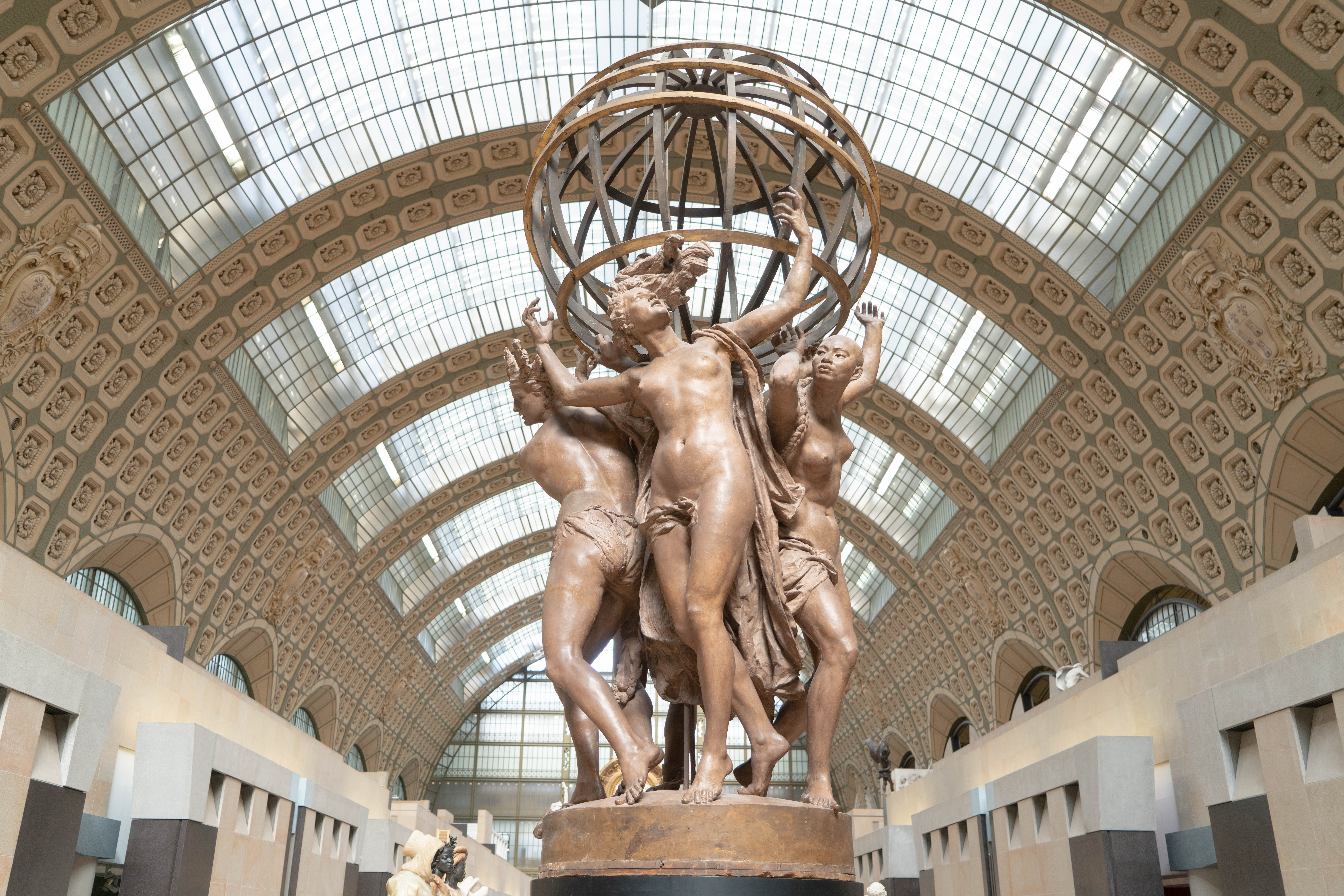
This dynamic and sensual sculpture represents four continents harmonizing together for the earth. Each female figure represents a different continent (Asia, Africa, America and Europe) with typical characteristics and appearance of races.
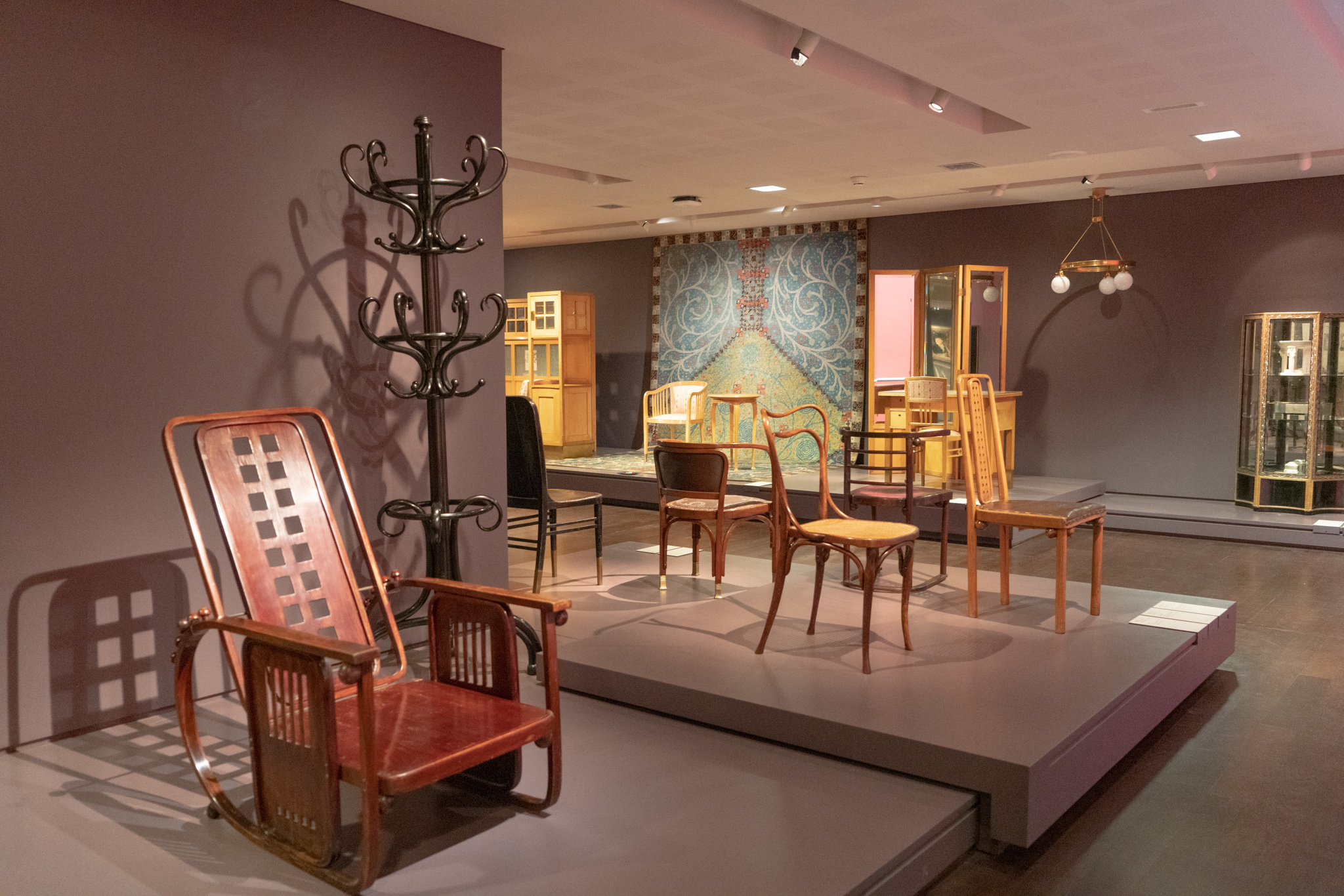
The 3rd-4th floors feature a beautiful collection of late 19th century with British and Austrian decorative arts, furniture and objets created in the Art Nouveau style such as chairs, lamps and vases. This collection is important because you can see European modern designs that have had a profound effect on today’s furniture design. With the wave of the aesthetic movement in the late 19th century, the era of combining design and utility has opened. Furniture, which used to be decorative and ostentatious, turned less ornamental and combined with architectural elements. It was reborn as a domestic product with a functional structure.
Christopher Dresser, Soupière (1888)
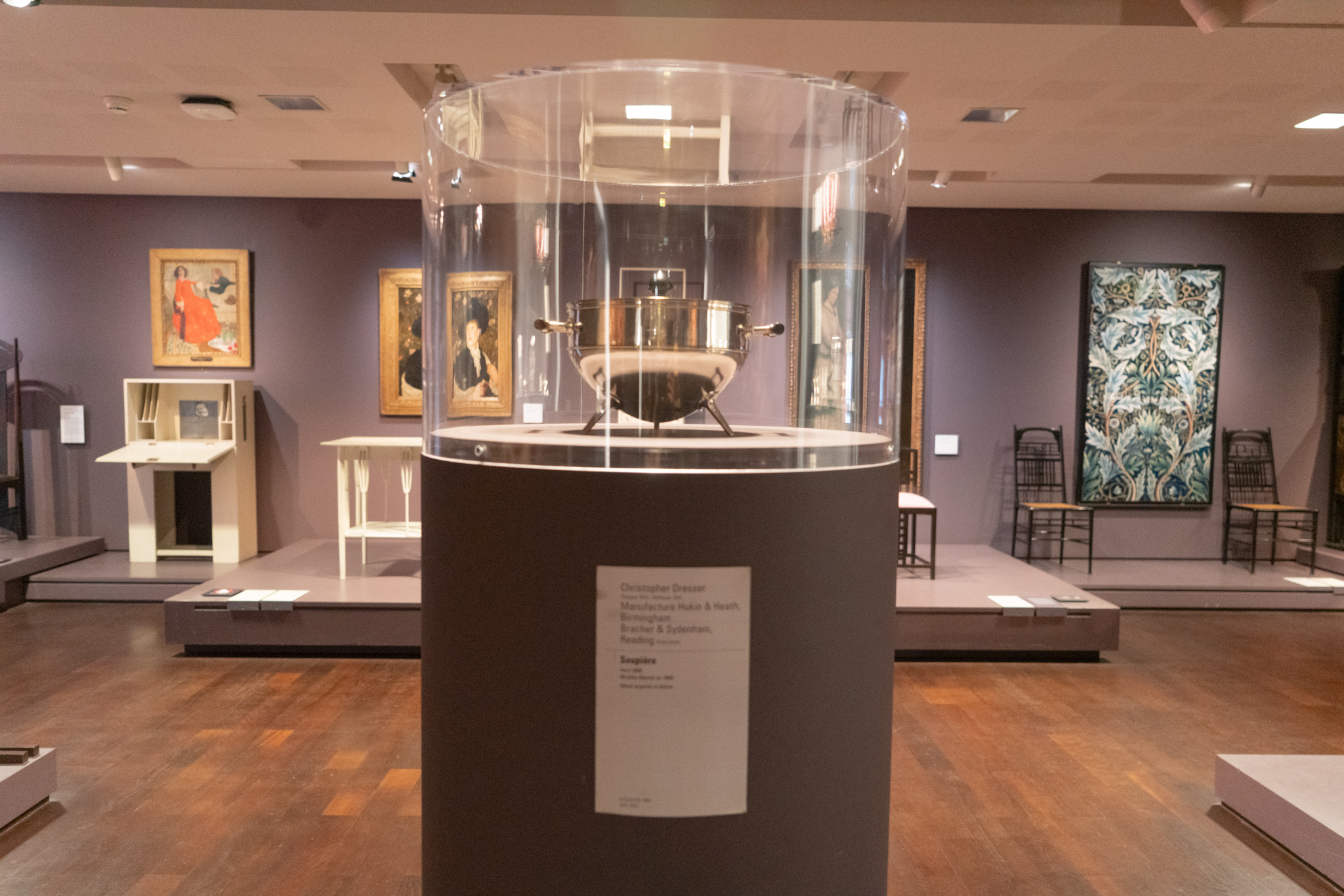
This elegant and simple soup pot is the work of Dresser, an important figure in the Aesthetic Movement, especially in modern Anglo-Japanese style. He created functional objects whose novelty of form and utility constituted the aesthetic harmony.
Louis Comfort Tiffany,Vase (1915),Vase (1915), Vase (1900)
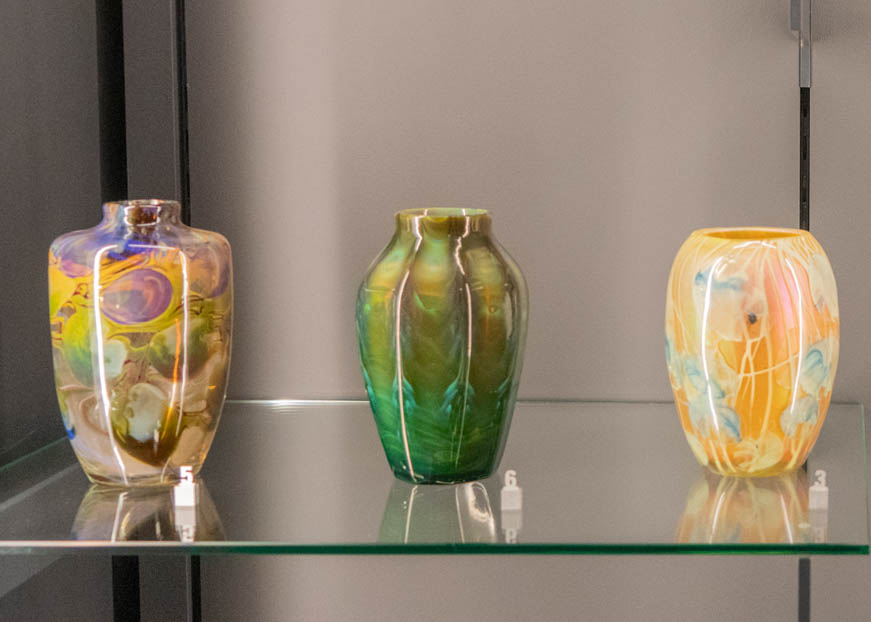
These works are created by Louis, the first director at the company Tiffany & Co., who worked in the decorative arts with mainly ceramic, jewerly and stained glass. These works named “favrile glass”, which means “Which belongs to an artist of his art”, became the signature of his artistic creations.
Josef Hoffmann, Corbeille (1904)
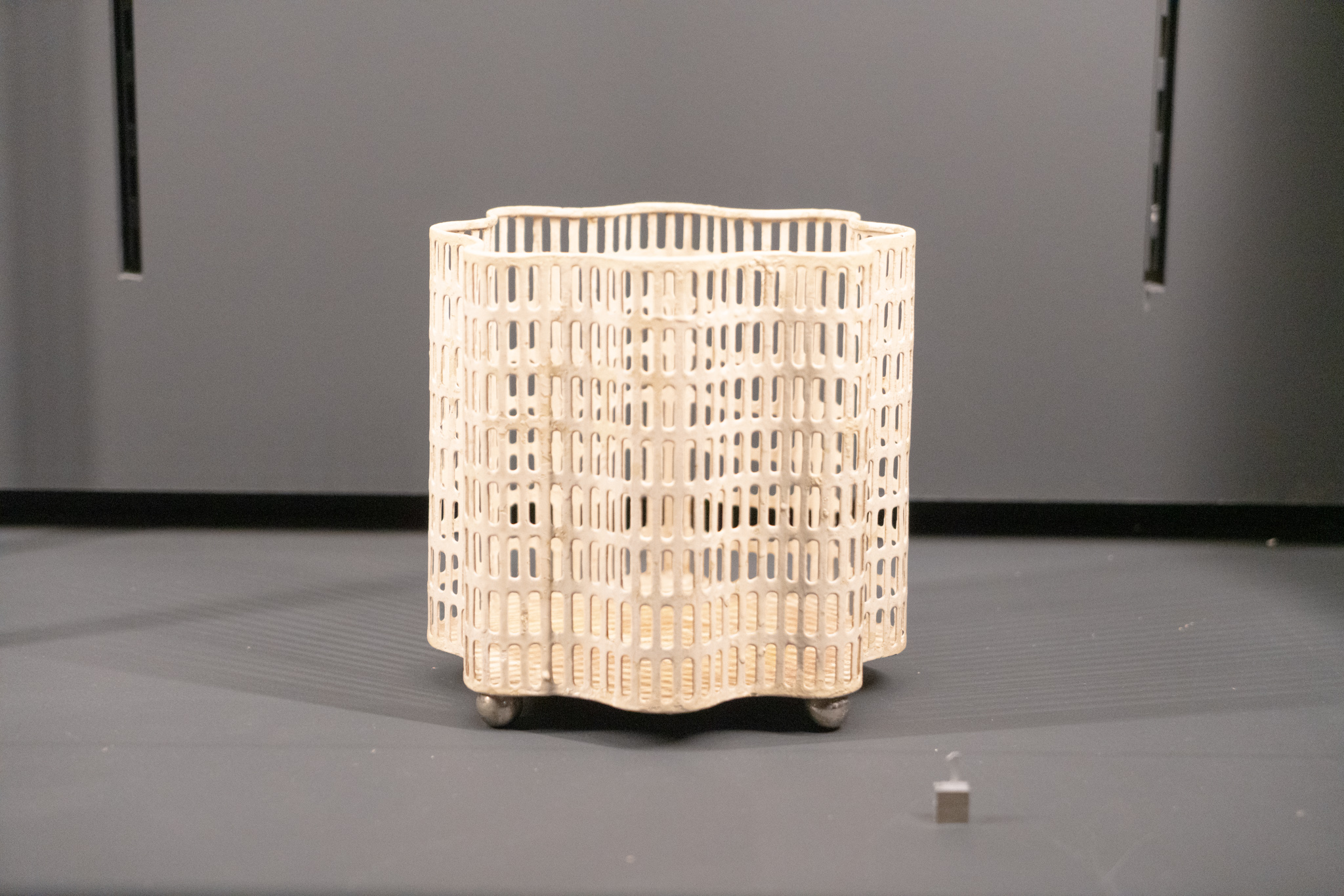
Hoffmann’s decorative art works are characterized with geometric lines and quadratic themes to be approached with an easy and simple form. It is directly shown in his work, but even the ones decorated with curve lines don’t lose its simplicity and usefulness.
.png)
The 5th floor houses many post-impressionist works by the great painters including Manet, Monet, Cézanne, Gauguin, Pissarro, Renoir, Seurat and Toulouse-Lautrec. Photography, architecture and cinema works are also exhibited. For reference, recent acquisitions are generally on display here. If you are in a hurry, we recommend you to start with the 5th floor. As the core of the museum, it is concentrated on the most famous artworks you’ve seen at least once. The paintings representing the Musée d'Orsay are all together. Their various, intense and vivid colors brighten up the rooms.
Manet Edouard, Le déjeuner sur l'herbe (1863)

This painting ranks in the list of must-see at the Orsay. It shows three people enjoying their lunch. It features a stable pyramid shape with four figures and the background, a female character staring straight at the viewer, and the realistic colors as if you’re also with them in the scene.
Auguste Renoir, Bal du moulin de la Galette (1876)
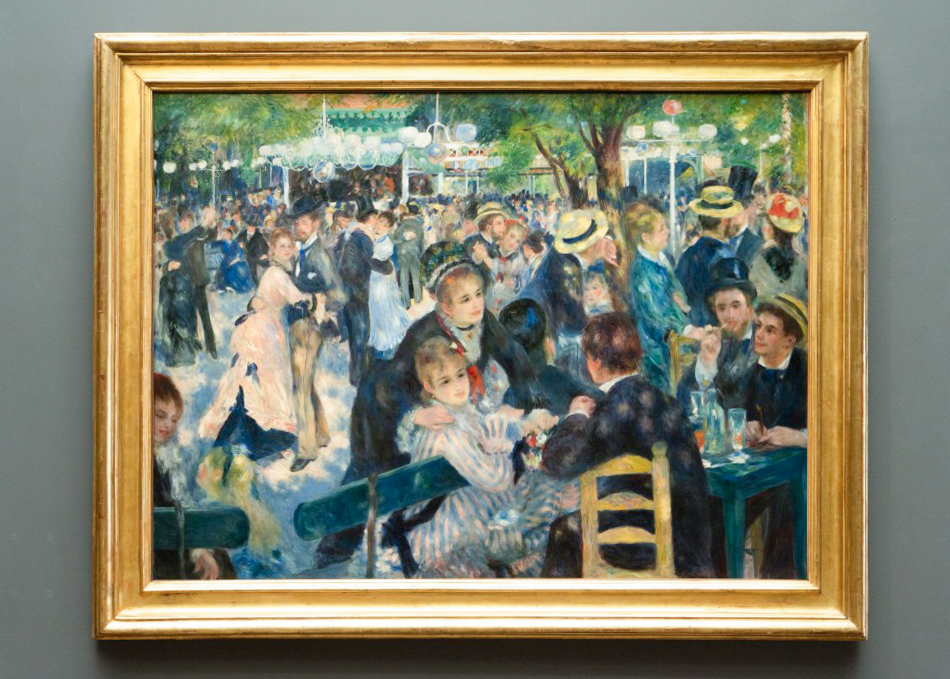
As one of Impressionism's most celebrated paintings, it depicts working Parisians dancing and eating on a sunday afternoon in Montmartre in Paris. It is a typical impressionist painting shows small brush strokes, sun-dappled light and open composition.
Vincent Van Gogh, La chambre de Van Gogh à Arles (1889)
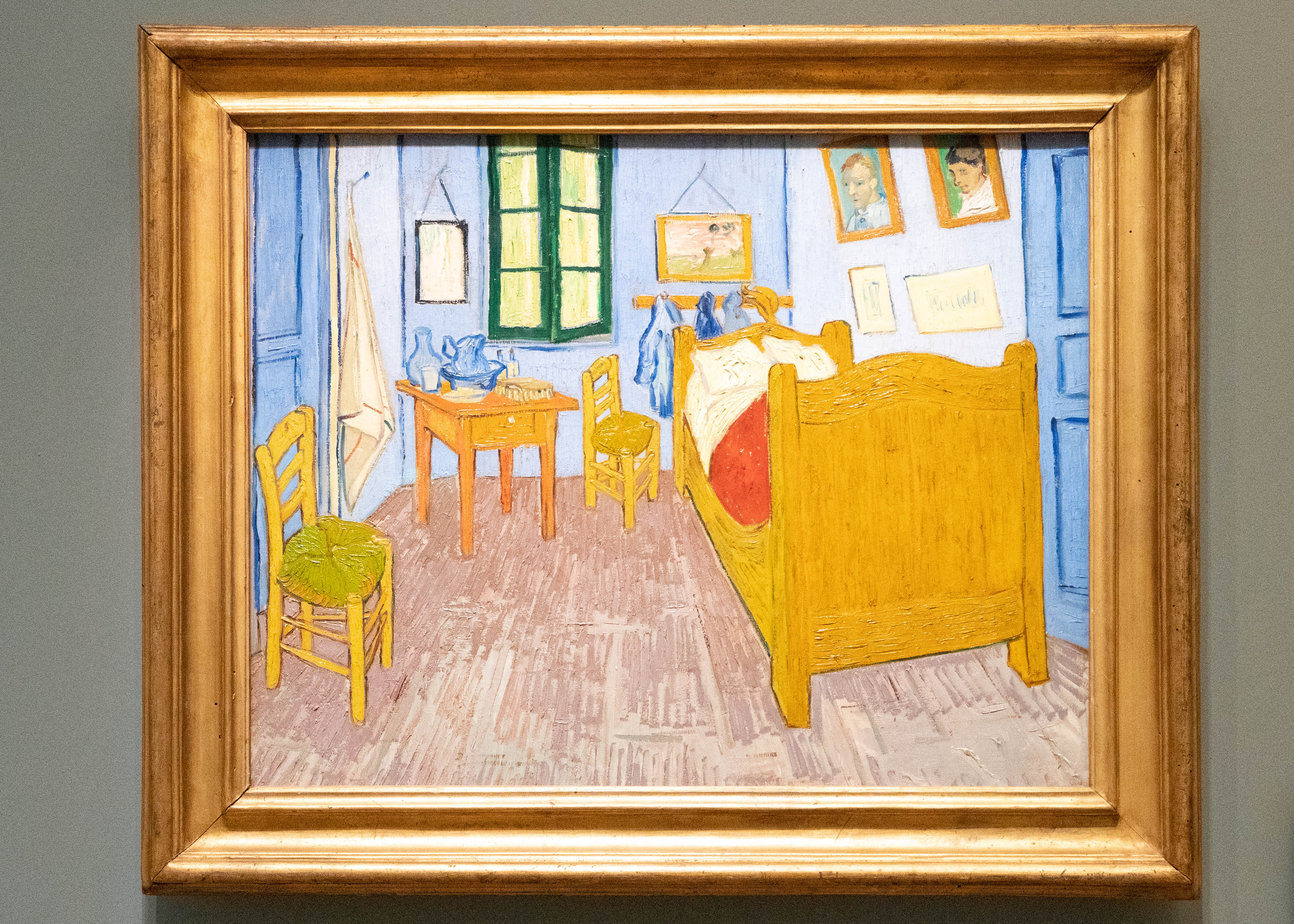
This painting depicts Gogh’s bedroom known as the Yellow House. The contrast of intense colors, thick and rough, is impressive. The contrast of complementary colors, such as yellow & lilac and red & blue is characteristic. The brilliant colors in the simple interior convey the concept of relaxation and sleep.
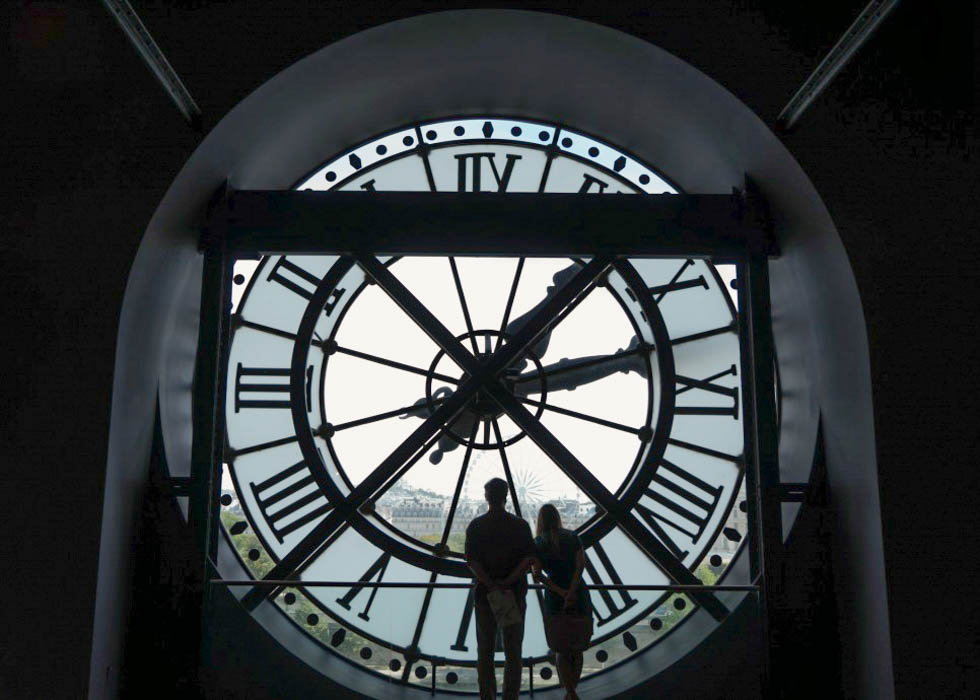
We would like to recommend taking a picture in front of the Orsay clock, one of the famous Paris instagram photo spot to remember your visit. You won't be able to take your eyes off when you see the wonderful panorama of Paris with the Ferris wheel in Tuileries Garden and the Seine River from the clock.
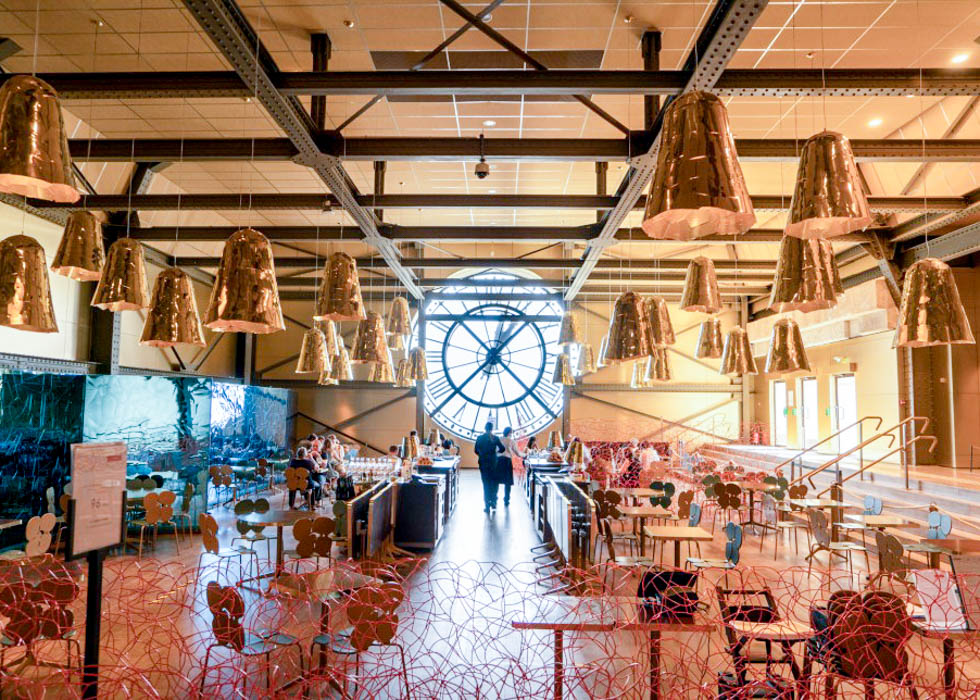
Having a brunch in the museum is also a good idea to give yourself an unforgettable experience. You can have a light meal with 15-20 euros in Café Campana which is luxuriously decorated in the Art Nouveau style. Enjoying this elegant atmosphere with a cup of coffee will make you feel like you're a special guest here.
Opening Hours : 10:30 - 17:00
Apart from the permanent collection, you can enjoy temporary exhibitions of various 19th-century artists where there are much more artworks to see. So don't miss the opportunity. They are only available for a certain period because they change every 4-6 months. You can find many different art styles from the permanent one, such as works by Léopold Chauveau and James Tissot who kept their own style of painting without participating in the Impressionism movement.
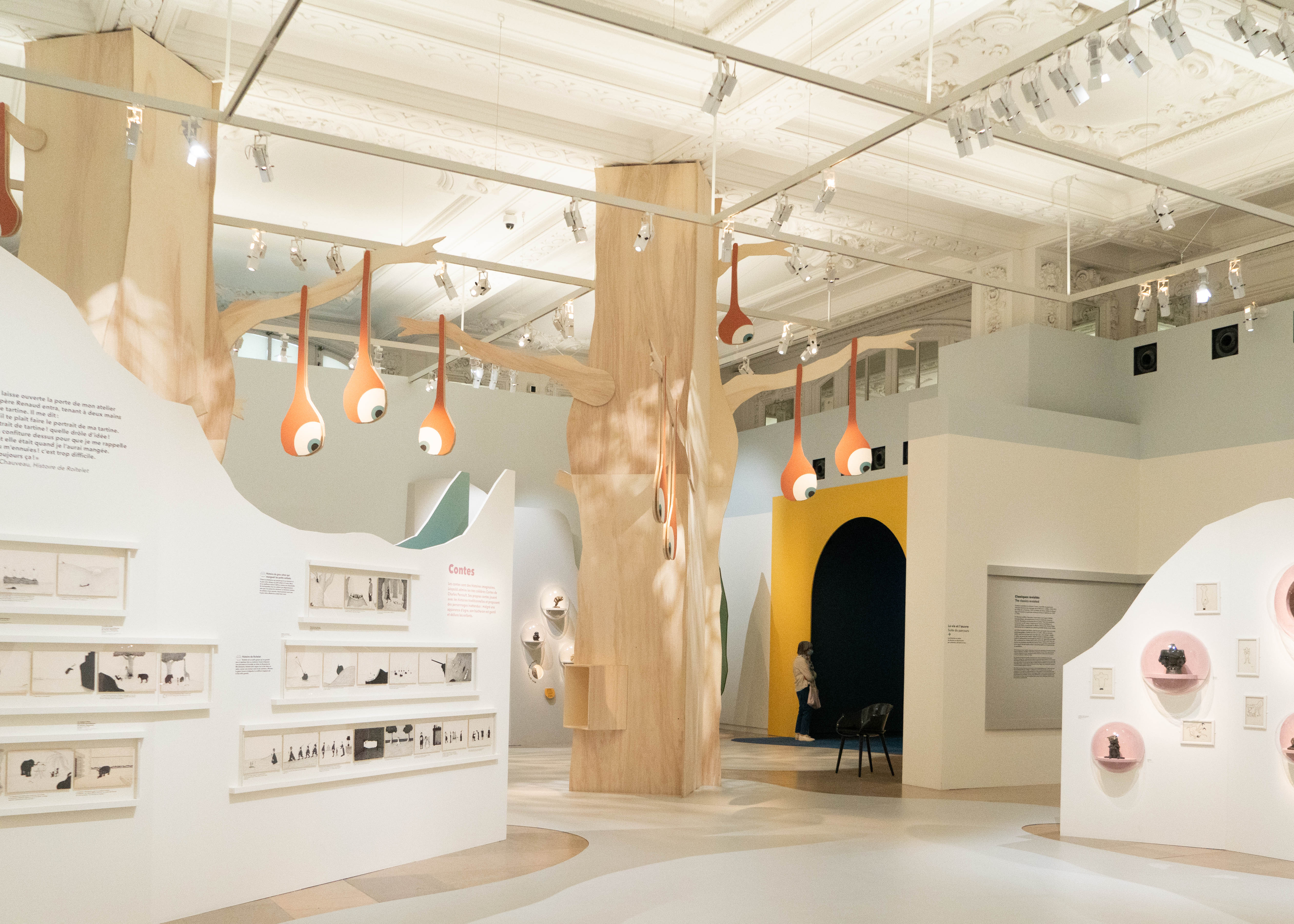
Pastel is a medium second to none when it comes to rendering the effects of texture and velvety complexions that were widely used in the 18th century. In this exhibition, you will enjoy a wide range of artists and spotlights works by Millet, Degas, Lévy-Dhurmer, Redon, Mary Cassatt and many other pastellists who brought about a renaissance in the art of pastel painting between the second half of the 19th and early 20th century.
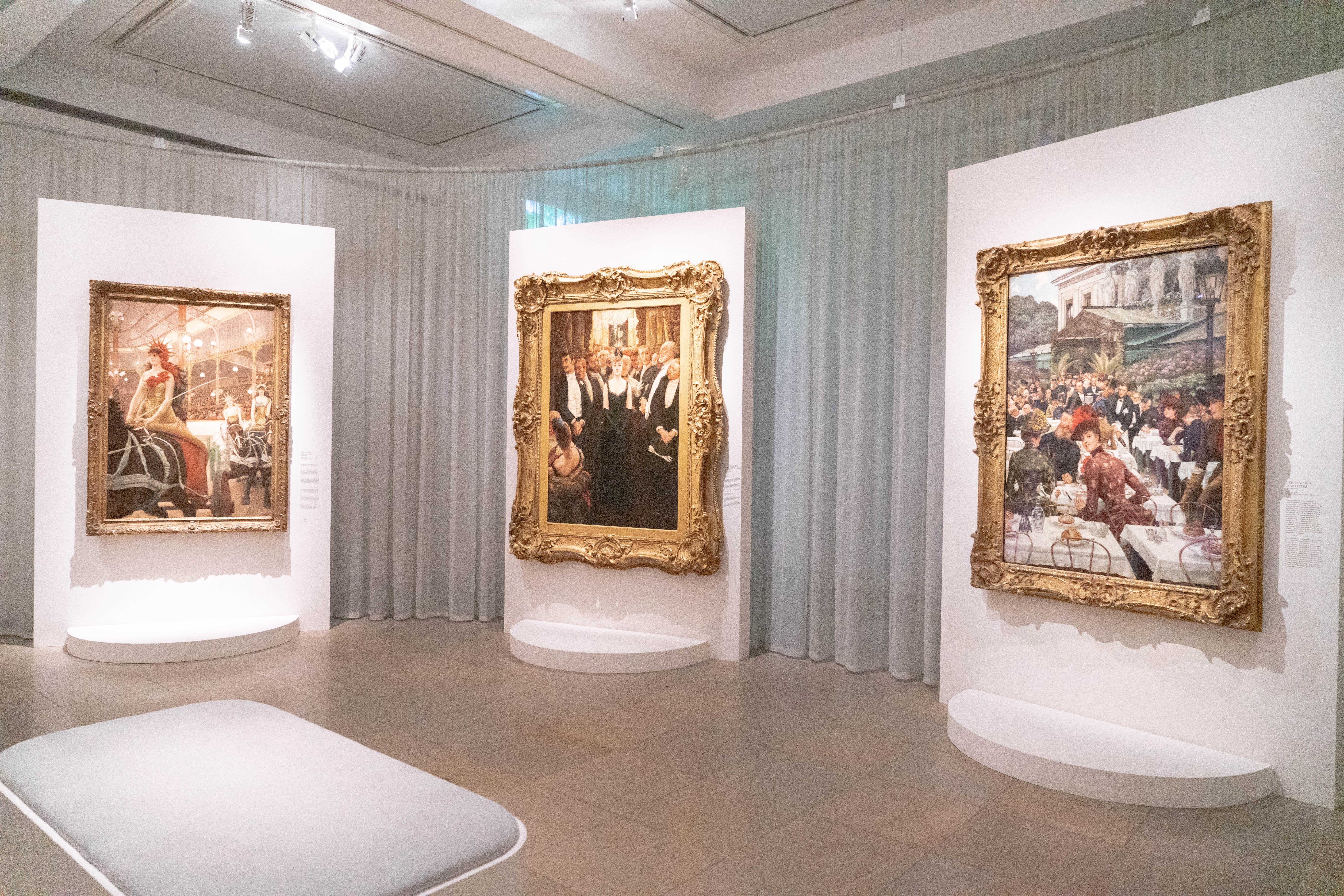
Maurice Denis (1870-1943) was approached by the art dealer Ambroise Vollard, who was keen to publish an album of prints by the painter. He sought to interpret the wonder and emotion of the early days of love into equivalent forms. The young woman he chose to entrust his heart to became the central subject of the series.
The British photographer Victor Albert Prout (1835-1877) is a undiscovered talent figure in the history of photography. His most remarkable production is well represented in the collections of the Musée d'Orsay through a rare copy of the portfolio entitled The Thames from London to Oxford in Forty Photographs, published in London in 1862. If you visite this exhibition, you will be invited to walk along the river in the company of the artist and his assistant, whose multiple threads highlight the narrative nature of this photographic walk through time and space.
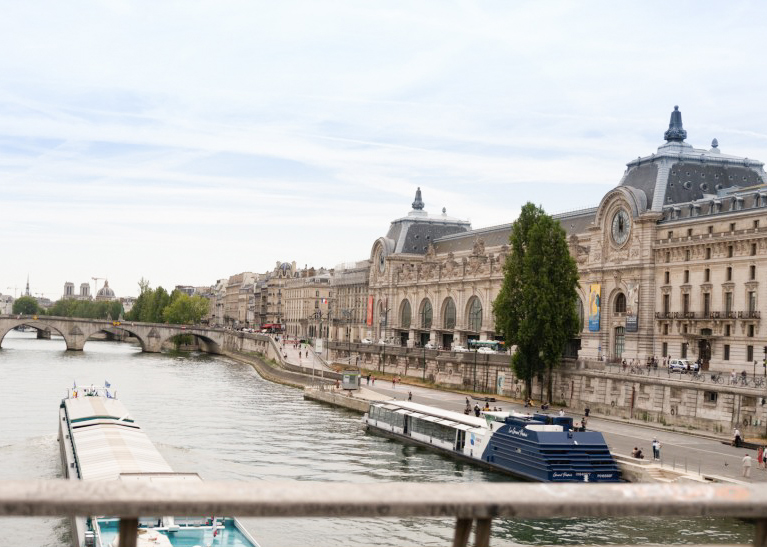
After viewing all the artworks you have already chosen, we would like to suggest you to look at the stage decoration at the end of the ground floor on your way down if you have time. It is a good chance to see at a glance how the stage of the grand theaters of France were produced.
Plus, if you will go to the Orangerie Museum too, we recommend you purchase the combined ticket for Musée de l’Orangerie-Musée d'Orsay, cheaper than individual purchases.
Words and photographs by Alae Lee
Address : 1 Rue de la Légion d’Honneur
Transportation : Metro line 12 Solférino station / RER C Musée d'Orsay station
Opening Hours : Tue - Sun 9:30-18:00 except Thursday (until 21:45) / Closed on Monday
Contact : 01 40 49 48 14
Admission Fee: Free on the first Sunday of every month Free for European Union residents under 18 year olds or 18-25 year olds.
Website : Click here